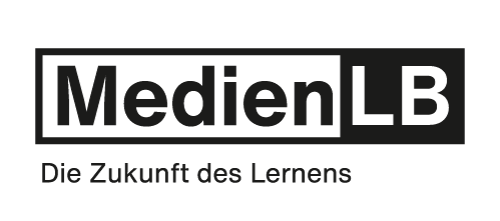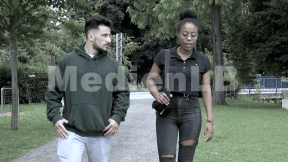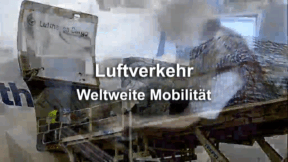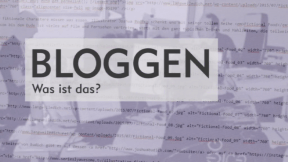 Geography
Geography

4657332 / 5551523
New York City
1967 and 2007
A global metropolis of superlatives: the world capital of trade and culture is bustling with 8.1 million people from all nations. Due to its sea port, New York City became increasingly significant in the 19th century, before proceeding to transform into a unique megacity. Formed by immigration and commodity trade, the city today is above all known for its stock exchange, culture, the UN headquarters and its tourist attractions. This didactic DVD offers a clearly structured overview of the city on the east coast of the United States. In the first four chapters, maps and impressive pictures give an overview of the geographical situation of the city, its history and politics as well as education, language and traffic in the metropolis. Important sights and an insight into the lives of its inhabitants can be found in the last chapter. As a special feature, we offer a film from 1967 on New York City. Both films are excellently suited for comparison, on the one hand with respect to the city’s historical development and on the other hand with respect to the presentation on film.
Play trailer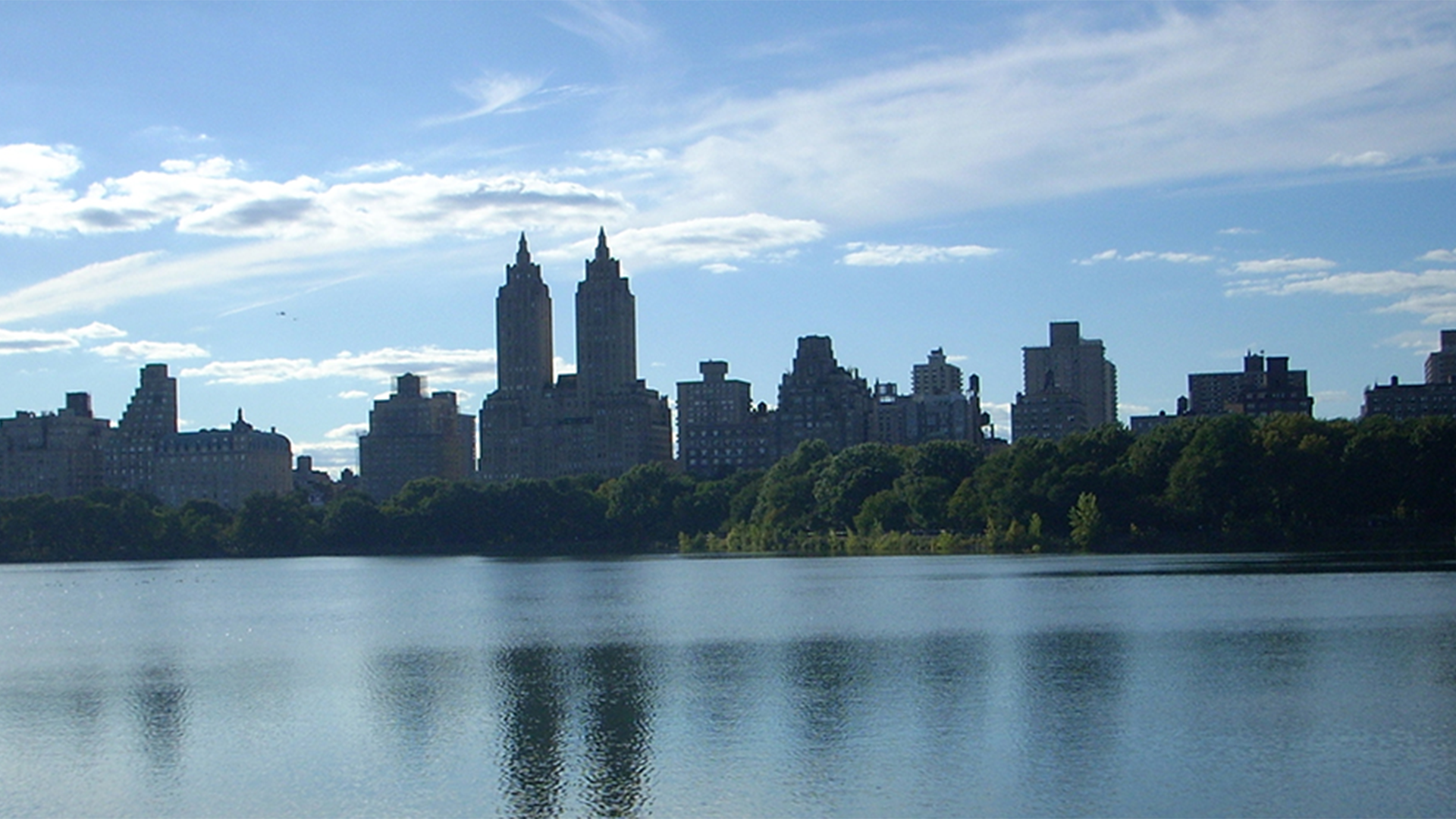
Curriculum-centred and oriented towards educational standards
Matching
Air Traffic
Being able to fly has been a dream of humanity from time immemorial. But it does not even date back a century that people actually started being able to travel through the air. Since the 1960s, the number of flight passengers has been constantly increasing. Thus, the airspace is no longer dominated by birds but by man-made flying objects.
Blogging
The weblog or blog, for short, as a medium is not much older than this century. Blogs came into being in the World Wide Web as ’messages from below’, as web pages from web creators who wanted to share their view of the world with the world. They are short notes, long texts, pictures, videos, which are posted loosely and at random intervals to the world for an undefined public.



